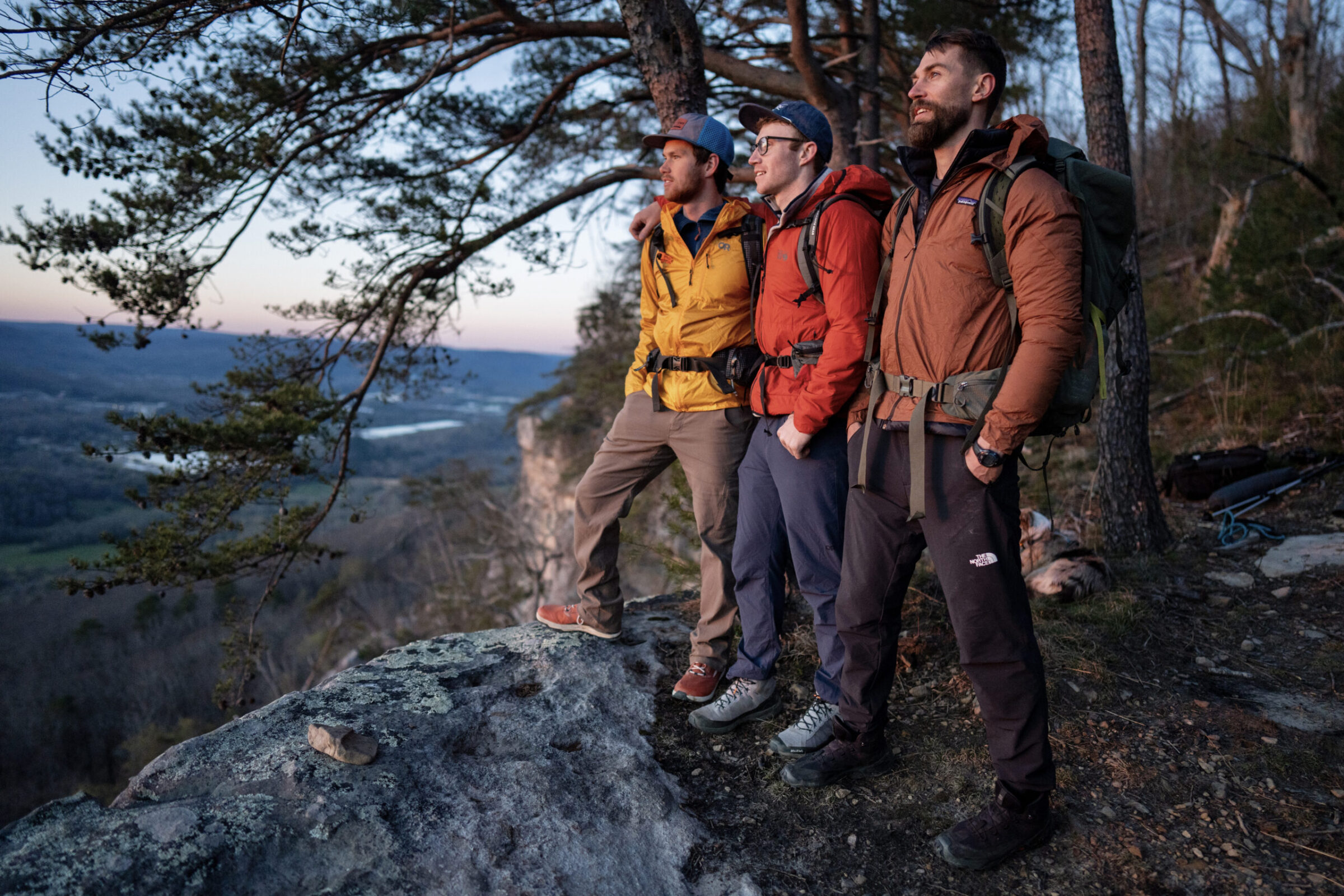Hiking lesson number one: Any time you hit the trail, be sure to grab a solid pair of hiking socks first.
Socks are critical to keeping feet dry and comfortable. Whether you’re camping, hiking, or backpacking, socks perform a critical role in your overall comfort. Luckily, we’ve got you — and your feet — covered.
For this review, we looked for socks that offer a good balance of breathability, cushion, stretch, and durability. Then we checked each brand’s sock performance through online reviews across multiple platforms.
To choose the best of the best, we ranked each sock on quality, feedback from our testing, and the volume of positive reviews from other users.
Scroll through our picks for the best hiking socks of the season, and be sure to check out our comprehensive buyer’s guide, comparison table, and FAQ section.
Remember, socks are tricky. No one sock is going to fit and serve everyone’s needs, but the ones on our list are by far the most popular, most tested, and most trusted.
The Best Hiking Socks of 2023
Best of the Rest
-
Material
Inner layer: 65% Dri-WRIGHT ll polyester/26% nylon/5% silver/4% Lycra spandex; Outer layer: 68% Dri-WRIGHT ll polyester/24% nylon/8% Lycra spandex -
Height
Crew -
Cushion
Light -
Moisture wicking
Yes

-
Silver lining is unique and up to the task of reducing odor
-
A bit warm for a “light” cushioned sock
Best Hiking Socks Comparison Table

Why You Should Trust Us
Our testers tried out socks of every material, cut, size, and style on the market. We tested the socks on this list over the course of many months of day hiking, backpacking, winter hiking, walking, and more. We paired socks with camp slippers, hiking shoes, and mid to tall hiking boots to compare feel and fit.
Our two primary hiking sock testers are Mary Murphy and Andrew Potter — two highly experienced hikers with high sock standards. During testing, Mary and Andrew paid careful attention to fit, comfort, durability, wicking, and overall value.
Buyers Guide: How to Choose the Best Hiking Socks

The first step in the process is choosing the correct hiking socks for your preferred activities and your budget. Do you do a lot of backpacking and want socks with more support and cushion? Or do you mainly enjoy fast and light endeavors? Do your feet run hot or cold?
Decide how often you’ll be hiking, and what features are most important to you. If you hike a lot, the more durable, the better. If your feet run hot, stay away from wool.
The two main variables to consider are your physical constitution and the types of activities you’ll be engaged in.
Materials

If your feet run cold, wool socks (like the Smartwool Performance Hike Light) are a great choice. Generally, wool is considered the warmest, yet most breathable option for outdoor gear.
If your feet run hot, or you’ll be hiking in high temperatures, consider something with a mix of materials and excellent moisture-wicking properties. The REI COOLMAX Socks are a great example, made with a combination of polyester, nylon, and spandex.
Activity
Obviously, we’re focused on hiking. But that could mean a two-hour excursion or a two-month trek. Some people take their time, and others hustle. Luckily, certain socks work better for each type of jaunt, and some work well enough for them all.
If you’re thru-hiking, you’ll want to look for durability, long-term comfort, and exceptional technical function. In that regard, there aren’t many better options than the lineup from Darn Tough. The REI Co-op Merino Wool Lightweight Hiking Crew Sock is a perfect example. They last long enough that the company offers a lifetime warranty, and the performance is there to match. They’ve long been considered the best, and we agree.

If you’re into fast-paced endeavors, a lighter, streamlined, running-inspired sock will probably better suit your needs. On this list, the Swiftwick Pursuit Seven and Balega Hidden Comfort are perfect examples. Both have a compression feel, wick moisture extremely well, and dry out quickly.
Overall, you’ll have to try a few options before you settle on your favorite socks, and as technology improves (as with the United by Blue Bison), there will always be new styles to consider. When it comes to socks, you’ll have to keep thinking on your feet.
FAQ
This is partly based on intended activity and use and partly based on preference. Thicker socks with medium to heavier cushioning might feel more comfortable in a traditional hiking boot, while a light-cushioned sock might feel better in a lightweight or low-hiker. If you plan on doing a lot of hiking in the fall and winter or on longer-length trails, consider thicker socks (both for support and warmth).
This is really a preference, and materials vary widely by brand and sock style. However, we’ll say we had the best performance and durability from socks with a merino, nylon, and elastane (or spandex) blend, where the merino is the higher material content (50-60%).











